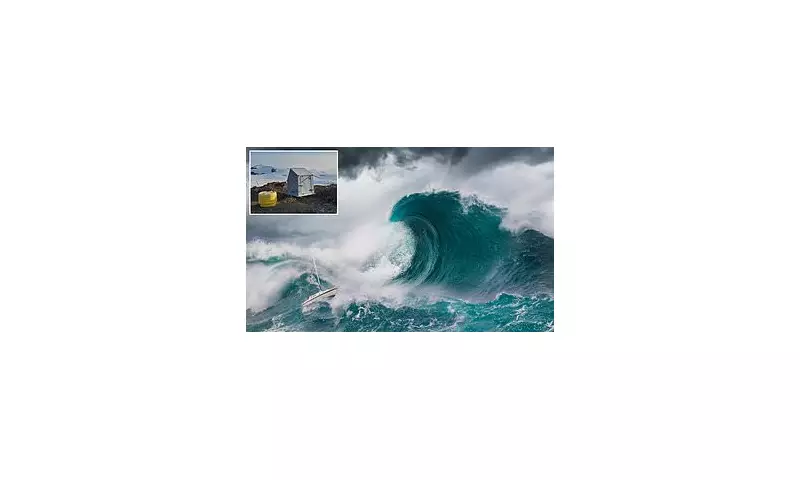
Critical Tsunami Warning Stations Face Imminent Shutdown
Vital monitoring stations that safeguard millions of residents along America's West Coast from devastating natural disasters are scheduled to go dark within just two weeks. The National Oceanic and Atmospheric Administration (NOAA) has withdrawn funding for nine crucial seismic stations in Alaska that serve as an early warning system for tsunamis threatening states including California, Oregon, Washington, and Hawaii.
These nine sensors, operational since the late 1990s, have provided essential protection for the entire Pacific coastline of the United States. They detect major earthquakes capable of triggering enormous ocean waves that can travel hundreds or even thousands of miles to strike populated areas.
Budget Cuts Threaten Public Safety
The stations face closure because NOAA eliminated the $300,000 required to maintain their operations, part of broader budget reductions ordered by the Trump Administration this year. The Alaska Earthquake Center (AEC) had submitted a funding request to maintain the tsunami monitors through 2028, but NOAA rejected this application in late September.
The nine threatened stations are distributed across Alaska's Aleutian Islands and the Bering Sea region and will cease functioning at the end of November. Without these critical sensors, tsunami warnings could arrive minutes later than usual, potentially leaving insufficient time for coastal residents to reach safety.
Mike West, Alaska's state seismologist and AEC director, emphasised to the Anchorage Daily News: 'The tsunami threats from Alaska are not just an Alaska problem.'
No Backup Plan for Critical Monitoring Gap
Currently, no solid 'Plan B' has been announced for seismic monitoring in the region once these stations go offline. The AEC cannot afford to operate them independently without federal support, and no ready replacements exist to assume their monitoring duties.
Alaska Senator Lisa Murkowski has advocated for reconsidering the funding cuts and restoring the real-time monitoring equipment in her state, according to KTUU reports.
A senior NOAA official, speaking anonymously to The Washington Post, acknowledged: 'The system doesn't collapse if you lose one measurement, but it creates holes in the network of observations.'
This year alone, the AEC has detected over 24,000 earthquakes using advanced seismic equipment housed in protected huts on these remote islands. While most tremors registered as minor, earthquakes exceeding magnitude 7 can generate tsunamis, giving coastal communities mere moments to evacuate to higher ground before waves strike.
The urgency of maintaining these warning systems is underscored by historical precedent. In 1946, three years before the tsunami alert system's creation, a major Pacific earthquake generated a massive tsunami that struck Hawaii, killing over 150 people.
Recent research published in the Proceedings of the National Academy of Sciences warns that a colossal earthquake along the Cascadia Subduction Zone in America's Pacific Northwest is highly probable by 2100 and would unleash another deadly tsunami. Scientists project that an earthquake between magnitude 8.0 and 9.0 could generate a 100-foot mega tsunami that would devastate most of the West Coast.
The Federal Emergency Management Agency (FEMA) estimates such an event could cause approximately 5,800 fatalities from the earthquake alone, with an additional 8,000 deaths resulting from the subsequent tsunami.
Just this July, a powerful 7.3 magnitude earthquake struck Alaska, triggering tsunami warnings for coastal areas and sending seismic vibrations racing through the Earth's crust across thousands of miles, demonstrating the ongoing threat to Pacific coastal communities.





